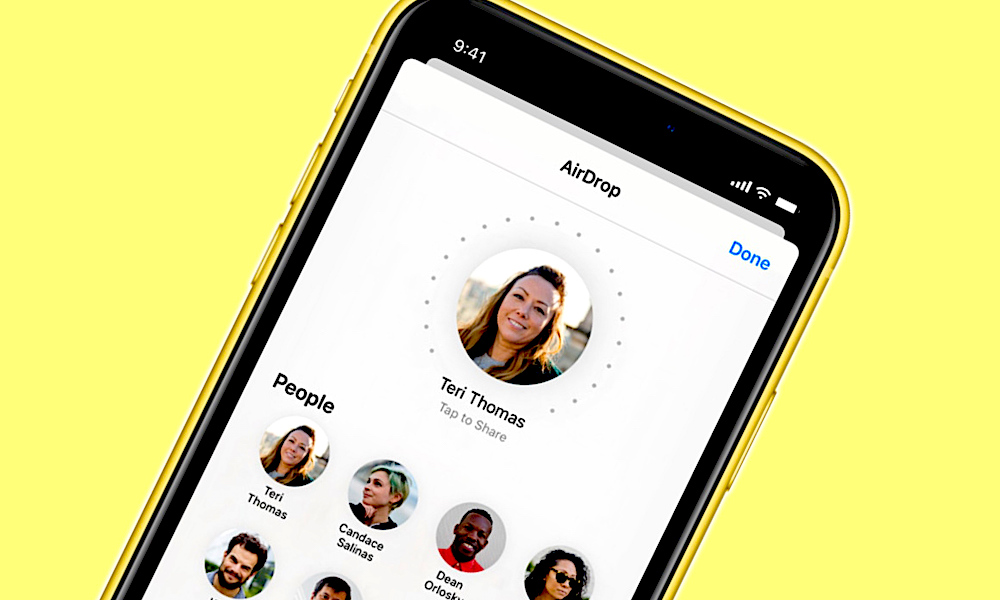How iPhone 11’s New U1 Chip Could Start an ‘Ultra Wideband’ Revolution
 Credit: Apple
Credit: Apple
Toggle Dark Mode
One of the most important new features on the iPhone 11 and iPhone 11 Pro is a chip that you’ve probably heard very little about — especially from Apple itself.
That feature is the U1 chip, which Apple says is capable of spatial awareness and highly accurate positioning data. But the U1 chip and the technology that powers it is a lot more groundbreaking than it might sound. Here’s what you should know.
Apple’s U1 Chip
Apple’s U1 chip uses Ultra Wideband (UWB) to allow for extremely precise positioning of other U1-equipped Apple devices. As the company puts it, it’s like “GPS at the scale of your living room.”
The U1 chip’s potential is vast, but Apple has been extremely quiet about its inclusion. The company didn’t even mention it at its By Innovation Only keynote last week, and only vaguely claims that it’ll allow for “amazing new capabilities.”
At this point, however, the U1 chip appears to only allow for better prioritization of AirDrop file transfers. On the iPhone 11, pointing your device at another iPhone will put that device at the “top” of your AirDrop list.
UWB technology, which the U1 chip relies on, can be used similarly to Bluetooth. But compared to UWB, Bluetooth is pretty inaccurate and unsecured. For something like Tile tracking, it simply uses the strength of a connection for locating.
By contrast, UWB uses time-of-flight techniques to come up with a much more accurate distance. It’s also capable of determining direction very precisely, something that Bluetooth can’t do nearly as well.
Again, all of that may sound relatively unexciting until you start to think about the capabilities that smartphone-based UWB could usher in.
What the U1 Could Do
As Six Colors’ Jason Snell points out, some of the potential applications of UWB include “smart home tech, augmented reality, mobile payments, the aforementioned keyless car entry, and even indoor navigation.”
The most obvious use is Apple’s rumored tracking devices, which could use a mixture of Bluetooth, UWB and AR to allow for extremely precise location tracking. Apple was expected to debut the trackers at its September keynote, but it didn’t.
Snell gives a series of other examples, too, such as a whole-home audio system that moves playback through rooms based on the location of a user. Or a smart lock that automatically opens and closes only when a user is in direct proximity of it and when they leave that proximity.
Other potential uses include much more accurate spatial awareness and object placement for AR, and keyless entry or security for vehicles.
In a nutshell, UWB technology could “dramatically change how our various intelligent devices interact with each other.” And Apple is at the forefront of the innovation, since the company is the only smartphone manufacturer to date to include an UWB chip inside of one of its devices.
Apple, in other words, may have just quietly kicked off the “Ultra Wideband” revolution.
Enter to win an iPhone 11 from iDrop News.






